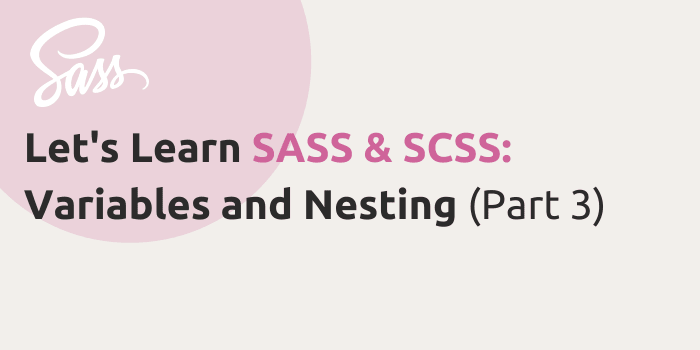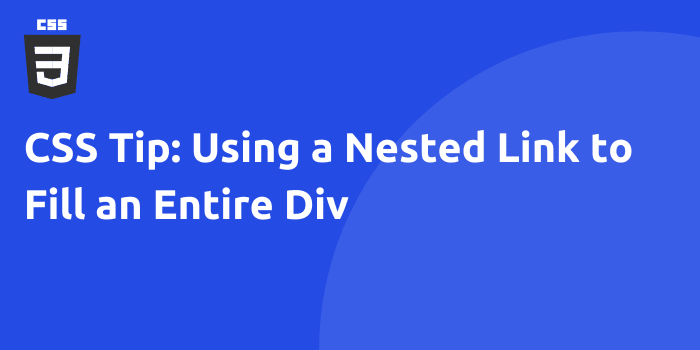-
Let’s Learn Laravel Blade: Components (Part 4)
In the last posts, we learned about layouts and partials, but Laravel provides even more functionality. You may ask: why use a component when you can just use partials? In Laravel, components are packed with additional functionality. Components give you separation of concerns, letting you outsource PHP logic to a method outside of your blade...
Read More
-
Let’s Learn Laravel Blade Partials
In the last post, we saw how easy and powerful conditional markup can be when using Laravel Blade. In this post, we’ll explore how Laravel Partials can help reduce repetitive code and make life easier. What’s one thing you notice about all websites? They consist of easily repeatable code that is used across each page....
Read More
-
Let’s Learn Laravel Blade: Conditional Statements (Part 2)
In our last post, we learned about Laravel Blade and its capablities. That post only scratched the surface, blade can do so much more! In this post, we’ll dive into conditional statements and rendering. Every good templating engine has simple ways to conditionally show blocks of markup. Blade makes this very easy. If you’re used...
Read More
-
Let’s Learn Laravel Blade: Getting Started
If you’re into PHP development, chances are, you’ve messed with or heard of Laravel. To keep it simple, Laravel is a fantastic PHP framework for making all kinds of web apps. As of this writing, Laravel has been around for 9 years and is still massively popular. It’s not going away anytime soon! Laravel uses...
Read More
-
Let’s Learn SASS & SCSS: Variables and Nesting (Part 3)
Now that we’re starting to learn SASS, it’s natural to dive into the functionality that’s easiest to implement out of the gate. Don’t be fooled by its simplicity, these features are incredibly useful for your development workflow right off the bat. Not only that, they are fundamental features that more advanced features build off of....
Read More
-
CSS Tip: Using a Nested Link to Fill an Entire Div
Hyperlinks are a big part of every webpage, even if they’re not completely apparent. Typically you’d only have text or maybe wrap a <button> element with a link. Sometimes, a design called for an entire <div> (or any other sectional element) to be a clickable link. A typical example is an entire block with some...
Read More
-
Font Awesome Icons Not Showing: The Ultimate Reference For Fixing Your Icons
Font Awesome is a staple in modern web development. It’s a simple way to add professionally designed icons to spice up your web app. It’s free, simple to use, and actively maintained by a team of professionals. What’s not to like? The setup is simple: you add a reference to the .css or font file,...
Read More





